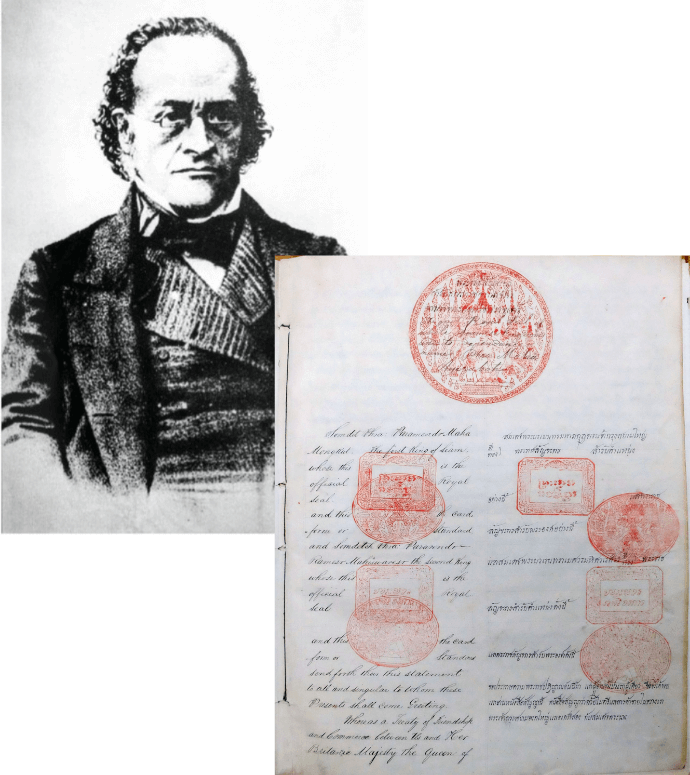The Government pushed forward the project to establish a central bank again in 1935. The Cabinet resolved to have the Ministry of Finance to propose a bill on the Establishment of the National Bank, B.E. 2478 (1935), drafted by Luang Voranitipricha. The bill proposed to incorporate the Siam Commercial Bank Ltd as the national bank. With just a mere eight articles, the bill was regarded as incomprehensive and lacking in details by the Comptroller-General, hence it was not promulgated.
On 16 December 1938, Lieutenant-General Luang Pibulsonggram was appointed Prime Minister, who in turn appointed Pridi Banomyong as Minister of Finance. Once he assumed this role, Pridi Banomyong revived again the idea to establish a central bank. He made Prince Vivat, the Director-General of the Customs Department, Adviser to the Ministry of Finance, a position hitherto held by foreigners. It was during that time when Pridi Banomyong tried to explain to these foreign advisers of the need and intentions of the government. Ultimately, these advisers cooperated well in assisting the drafting the central banking act, which could be considered the first step towards central banking in the country.
In the process of establishing the National Banking Bureau, Finance Minister Pridi Banomyong delegated Prince Viwat, the said Adviser to the Ministry of Finance, to finalise the bill which had been drafted by the foreign advisers. Ultimately, the bill on the establishment of the National Banking Bureau was presented to the Prime Minister, whose cabinet agreed to name it "Act on the Establishment of the Thai National Banking Bureau". Once the House of Representatives deliberated and passed the bill, it was promulgated and announced in the Royal Gazette on 26 October 1935. One of the reasons for establishing the Thai National Banking Bureau was to lay groundwork for central banking and manage government debts.




